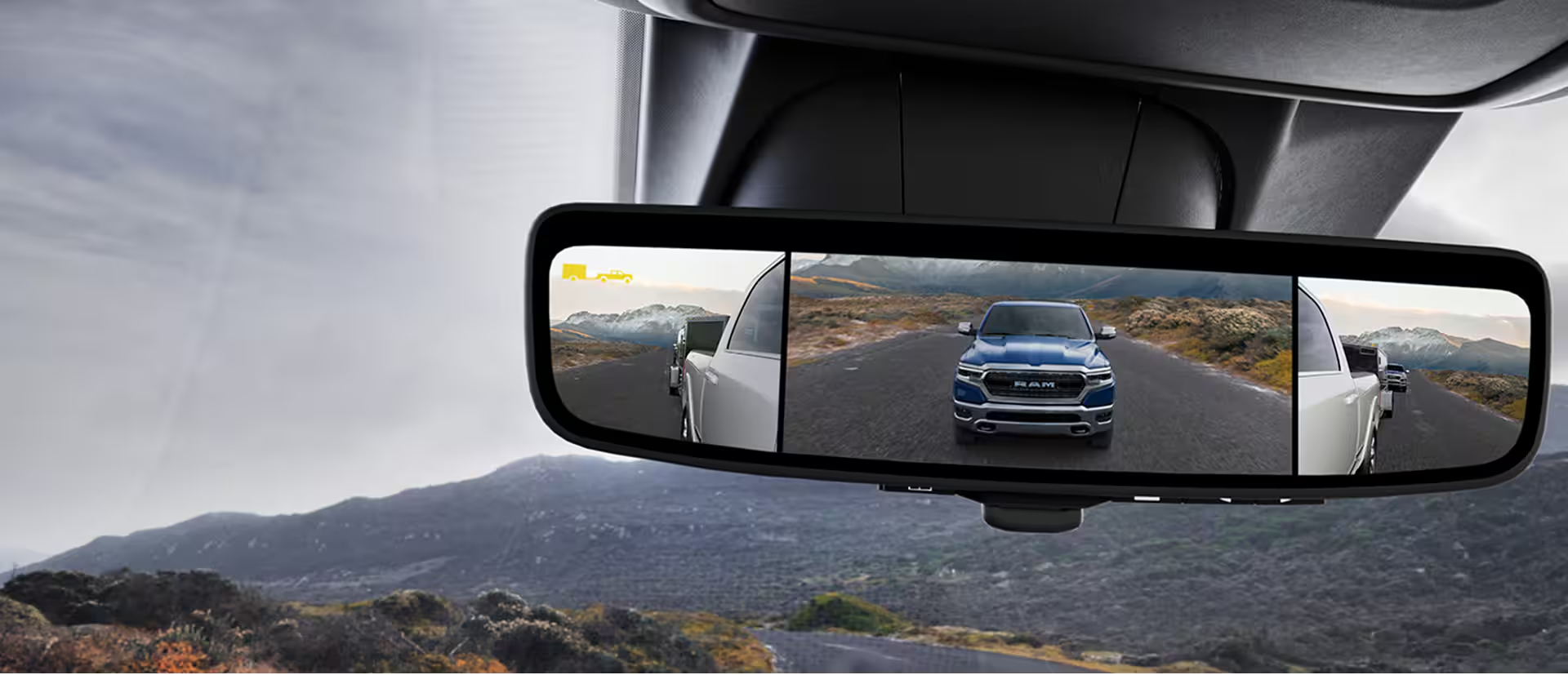The United States has strict regulations when it comes to cars and trucks, but some of the features that are banned here are allowed in other countries. Here are some of the top features that are illegal in the US.

1. Front Brake Light 🔴
In 1928, 11 states in the United States had mandated brake lights on cars. These early brake lights were different from modern tail lamps; they were manually illuminated by the driver rather than automatically lit as they are today. Despite their imperfections, this marked the beginning of the evolution of brake lights.
In the early 1990's, psychologist John Voevodsky introduced this third brake light in 1974. It was designed to make it easier for other drivers to recognize when the car in front of them was slowing down. A study involving 343 taxicabs in San Francisco revealed that the third brake light reduced rear-end collisions by 60.6%. As a result, it quickly became a requirement on all automobiles, significantly enhancing safety on the roads.
Now on to front brake lights. In 2019, Slovakia began testing a new type of brake light that is mounted on the front of the vehicle. The light is green (see the cover image above for an example) and illuminates when the driver is braking. The idea behind this light is to make it easier for pedestrians to see a car coming towards them is actually stopping. In the US and most other countries, it is illegal to have a front red light (or green light) on the front of the vehicle.

2. Hyper Flashing (adaptive) Brake Lights 🚨
US regulations state that brake lights must be "steady-burning". This is not the case in Europe and Asia. So when a vehicle is experiencing heavy braking, all the rear lights will flash rapidly to indicate to drivers behind you that you are not braking normally.
In 2005, Mercedes-Benz sought permission from the National Highway Traffic Safety Administration (NHTSA) to test its adaptive brake lights on a fleet of customer cars in the U.S. However, the government rejected this request, remaining unconvinced by the automaker’s assertion that these lights enhance safety. During the same period, the NHTSA was actively investigating ways to reduce rear-end collisions. Two years later, their in-house study on “enhanced rear signaling systems” revealed that a rear-signaling system capable of communicating moderate to hard lead-vehicle decelerations had the potential to decrease the occurrence of near-crashes and incidents. Nonetheless, the study acknowledged several variables that could impact real-world effectiveness, including road conditions and driver distraction.
In North America, manufacturers have this feature software locked and cannot be enabled. However, people have figured out how to enable it on their own vehicles
3. Digital Mirrors 🪞
The idea of a digital mirror is not new. In fact, the first digital rearview mirror was patented in the 1975 by Elmer W. Brown. The idea was to have a camera mounted on the back of the car that would display the image on a screen in the car. Today, this tech allows for a wider field of view and eliminate blind spots. They are able to have several cameras displaying at the same time, giving the driver 360° view around their vehicle as they drive. If the cameras or digital mirror ever fail, there is still a mirror behind the monitor that shows the screen.
In 2016, the National Highway Traffic Safety Administration (NHTSA) approved the use of digital mirrors (with restrictions) on vehicles. However, the technology has not been widely adopted in the US. The main reason for this is that the technology is still relatively new and consumer expectation and sentiment is not strong with this technology.
In Europe and Asia, digital mirrors are more common. In fact, some countries are likely to make them mandatory in the coming years.

4. Studded Tires
A studded tire is equipped with small metal studs that protrude from the tire. These studs are designed to dig into ice and snow, providing better traction than a regular snow tire.
If you live in a snowy region and ever have the opportunity to drive a car with studded tires, you'll quickly realize how superior they are to regular snow tires. The traction that studded snow tires offers is comparable to driving on wet pavement, acting as though snow doesn't even exist on the road.
So, what's the issue? Why don't all snow tires have studs? The reason is that they cause significant damage to roads, and they do so quickly. If every vehicle used studded tires, high-traffic roads would need resurfacing every few years. Consequently, studs are banned in most US states, though some states permit their use during the winter, often restricted to certain areas.

Thanks for coming 👍 I hope you enjoyed this article